Giant Alaskan Malamute: Dog Breed Info And Facts

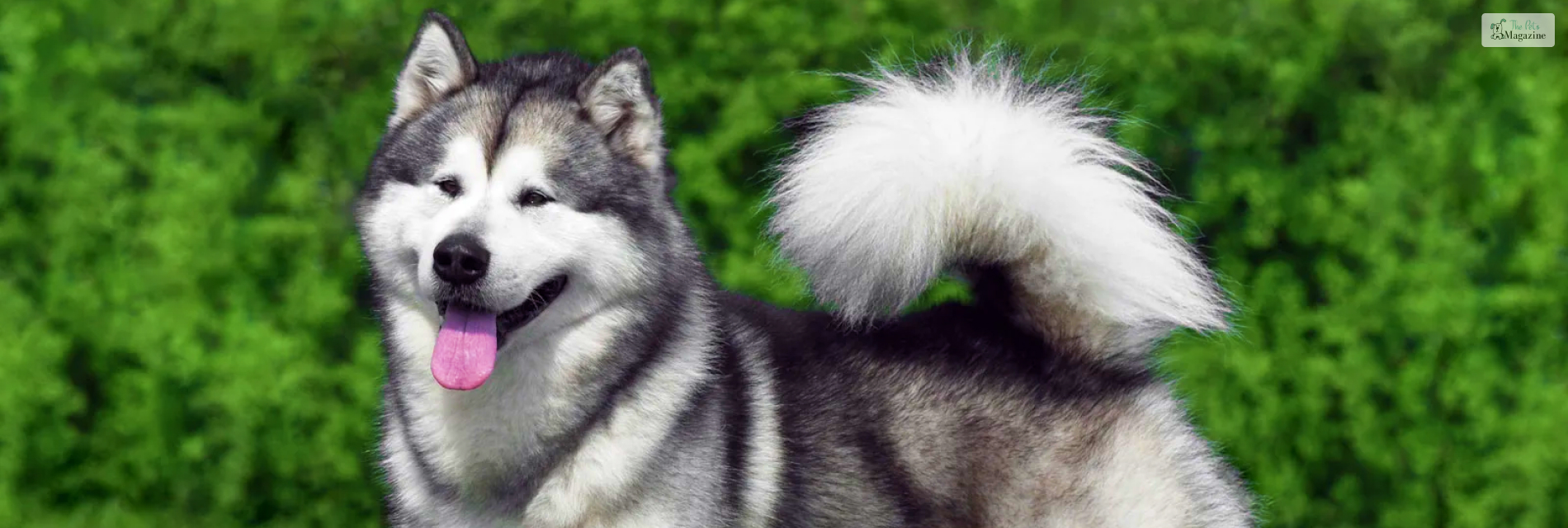
Majestic and graceful, the Giant Alaskan Malamute resembles the innate wolf heritage that has run in its genes since ancient times. Often mistaken to be huskies due to their close resemblance to the breed (their fur color and physical attributes), these dogs are way larger than them and lack the signature blue eyes of huskies too.
The Giant variety is simply the larger version of the Standard Alaskan and is not a separate breed. Selectively bred to produce the largest puppies possible, most breeders are against this practice as it messes with the breed standard. These dogs look fantastic and are much larger than the standard malamutes. Said to be bred to sell more puppies, the giant Alaskan can reach a weight of 100-150 pounds.
The only difference between the giant and standard breeds is their size, and if you are interested in these large bags of cuddles, keep reading.
Giant Alaskan Puppies
Judging by its name, the giant malamute are huge dogs that are not meant for apartment living. Their size has to be kept in mind before investing in these puppies. They also require a lot of exercise. They are high maintenance when it comes to their diet, as they have a hefty feeding schedule.

Their fur needs a lot of grooming, and their history of pulling sleds endows them with energy which would require exercise to keep track of. If you are planning to get these massive-looking puppies home, you need to really understand the responsibility of owning a dog this big.
In spite of it, these dogs are among the most loyal creatures on earth and are an absolute joy to have around.
Temperament & Intelligence
These dogs fail as watchdogs due to their friendly temperament. Despite their size, they just come across as cuddly bears. They are too friendly and can be friend intruders when they should be chasing them away instead. They are born to be working dogs, and when they are left alone for too long, they can try to escape. Known for their high energy and stamina, they used to be considered for work, but now they are mostly popular as great companions.
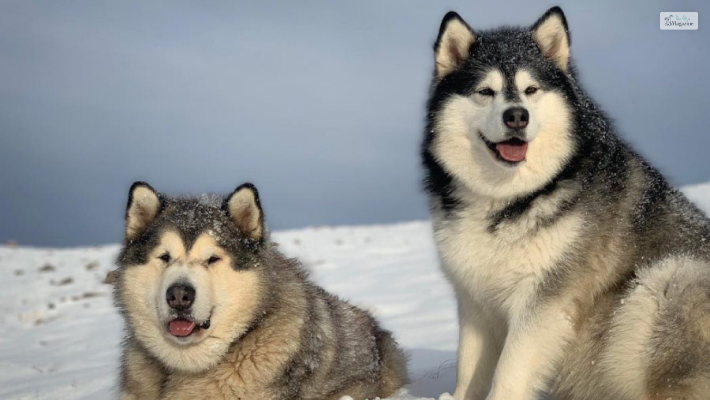
Malamutes consider everyone to be friends. And their heritage of being close to humans and pack members, they appreciate human companionship to the fullest. Owning them means you will have to have a large area for them to play in and get their regular exercise. They do not like being left alone, which they convey by tearing into things at home.
Are They Suitable For Families
These dogs are very suitable for family living as long as they get exercise and stimulation. Their big size can seem daunting to smaller kids as they could knock them over while scampering. Alaskans are not aggressive, but they need thorough training to become a part of the family.

A full-grown giant Alaskan malamute can weigh between 100-150 pounds. A six-month-old giant Alaskan malamute pup could weigh between 45-60 pounds.
Getting Along With Other Pets
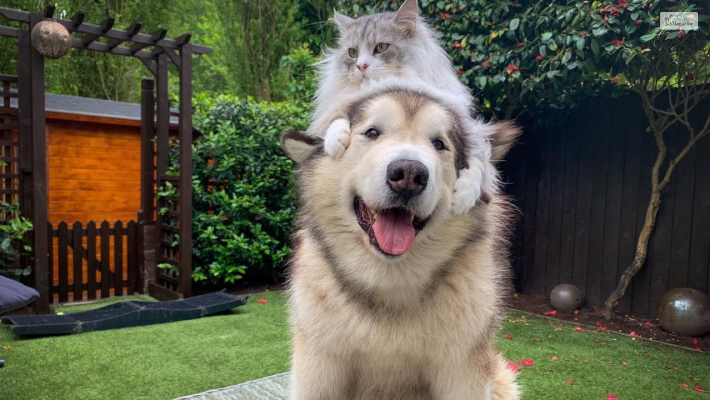
Alaskans are usually okay with other dogs, but they can get a bit territorial and are motivated by food. Their ancestors would go miles with a limited food supply, which is still in-built into their system. They can hunt small games, too, to help the Innuit tribe on their hunting sprees. This makes them great chasers, which may not be a welcome trait for cats.
Giant Alaskan Malamute: Grooming and Care
Alaskan Malamutes are beautiful and majestic dogs that require regular grooming and care to keep them healthy and comfortable.
Here are some tips on how to properly take care of and groom an Alaskan Malamute:
Brushing:
Alaskan Malamutes have a thick double coat that requires regular brushing to prevent mats and tangles. Use a slicker brush or an undercoat rake to remove loose hair and keep the coat in good condition. Brushing should be done at least once or twice a week, and more frequently during shedding seasons.
Bathing:
Alaskan Malamutes have a natural oily coat that doesn’t require frequent bathing. Aim to bathe them only when necessary, such as when they get dirty or develop a strong odor. Use a dog-specific shampoo and make sure to rinse thoroughly to remove all the soap residue. Avoid over-bathing, as it can strip the natural oils from their coat, leading to dry skin.
Nail Care:
Trim your Malamute’s nails regularly to prevent them from becoming too long and causing discomfort or difficulty in walking. Use a dog nail clipper or grinder designed for large dogs. Be cautious not to cut into the quick, which is the sensitive area inside the nail. If you are unsure about trimming nails, consult a professional groomer or veterinarian for assistance.
Ear Cleaning:
Check your Malamute’s ears regularly for any signs of redness, irritation, or discharge. Clean the ears with a veterinarian-recommended ear cleaner and cotton balls or pads. Gently wipe the visible part of the ear, being careful not to insert anything deep into the ear canal, as it can cause injury.
Dental Care:
Dental hygiene is important for overall health. Brush your Malamute’s teeth regularly using a dog-specific toothbrush and toothpaste. You can also offer dental chews or toys designed to promote oral health. Regular dental check-ups with a veterinarian are also recommended.
Exercise and Mental Stimulation:
Alaskan Malamutes are an active and energetic breed that requires plenty of exercise and mental stimulation. Provide daily walks, play sessions, and opportunities for them to engage in activities such as obedience training, agility, or hiking. Mental stimulation can also be provided through puzzle toys or interactive feeding devices.
Regular Veterinary Check-ups:
Schedule routine veterinary check-ups to monitor your Malamute’s overall health, vaccinations, and to address any concerns. Regular check-ups help identify potential health issues early on and ensure your dog is up to date with necessary vaccinations and preventive treatments.
Fun Facts About The Alaskan Malamute
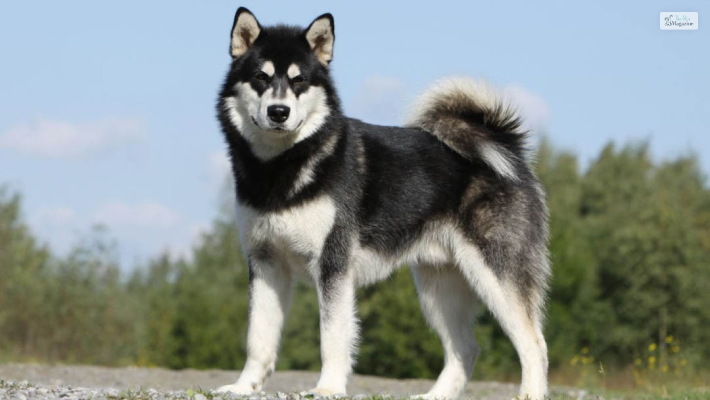
Here are some cool, little-known facts about these gentle giants that you may not have known:
- The Alaskan malamute is a descendant of the domesticated breed of wolf dogs that migrated to North America about 4000 years ago. The Mahlemiut, belonging to the nomadic Inuit tribe, developed this breed, which gave them their name, working as sled dogs. These dogs were capable of covering long distances through biting cold at a slow yet steady pace. This is one of the key differences between them and huskies. Huskies are capable of pulling sleds faster than their Alaskan cousins.
- A serious outbreak of diphtheria occurred in the small Alaskan town of Nome in the winter of 1925. The entire town was cut off from receiving any essential supplies, especially anti-toxin medicines. The only way was to get sled dogs to fetch them. 20 teams of sled dogs were arranged who relayed through 674 miles of freezing cold terrain to get the medication. The winter storm that year was remembered for the iconic “serum run.”
- The Alaskan Malamute is the official state dog of Alaska. The dues for this go to the Polaris K-12 school, which took up the initiative as a school project to the Alaskan legislature. They studied for a few years to choose the most suitable dog to have this honor among all the Alaskan dog breeds, and the Alaskan Malamute, with its rich history, won easily.
- The white malamute is one of the most sought-after dog colors in this breed. They come in various colors, such as black and white or gray and white. Some other colors, such as red and white, are also available. White is the predominant color on their body, legs, feet, and face, with patches of black, gray, or red marking parts of their body to create an attractive shade.
To Conclude
The Giant Alaskan Malamutes are one of the most loyal, affectionate, and stunning dog breeds with an adorable personality. They are soft-natured dogs that are friendly with everyone and can be trained to become valuable members of the family.
This dog is not for everyone. Its gigantic size makes it a huge responsibility to house them properly with all the necessary amenities. They require heavy grooming attention, constant companionship, a large space to move around in, and several hours of exercise. It can be hard to train them if you are a first-time dog owner or someone who has not researched this breed prior to adopting.
If you can manage the above, the Giant Alaskan will prove to be an incredible addition to your family. As unique and gorgeous as they are, this breed is sure to make you a happy dog owner.






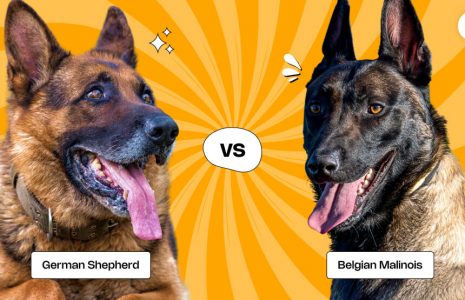
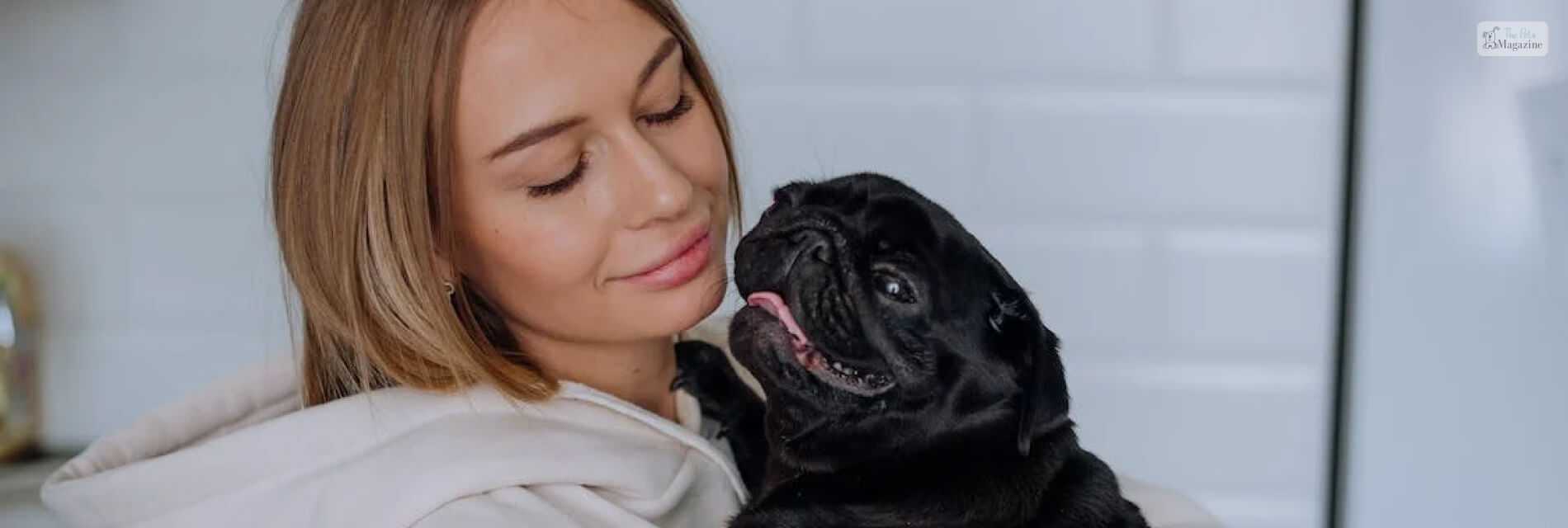
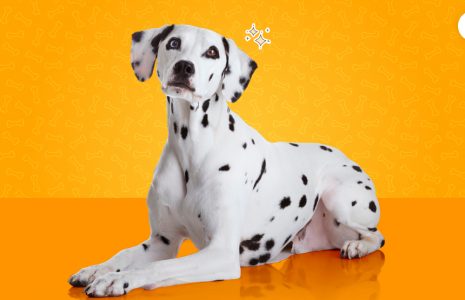
Leave A Comment